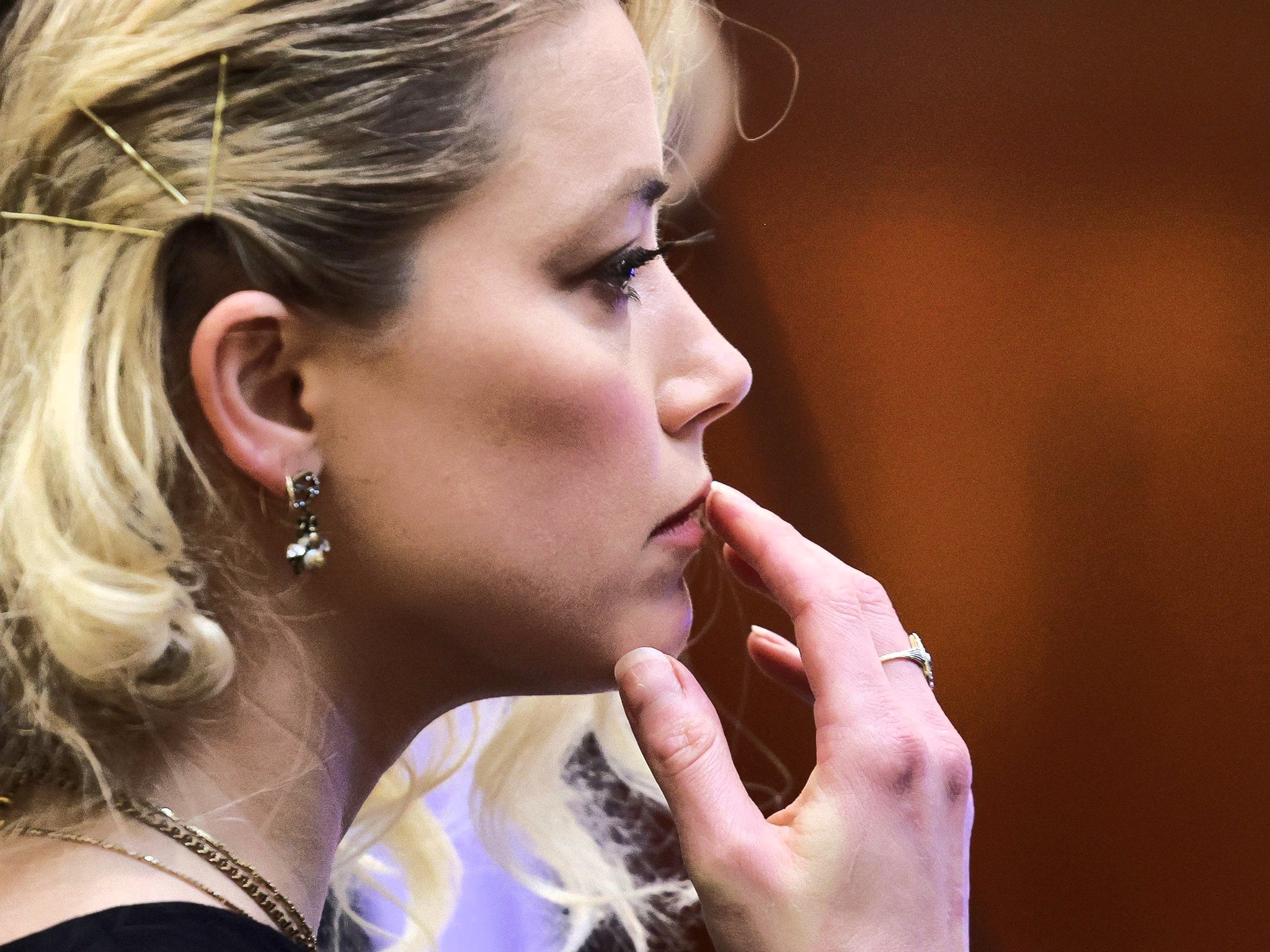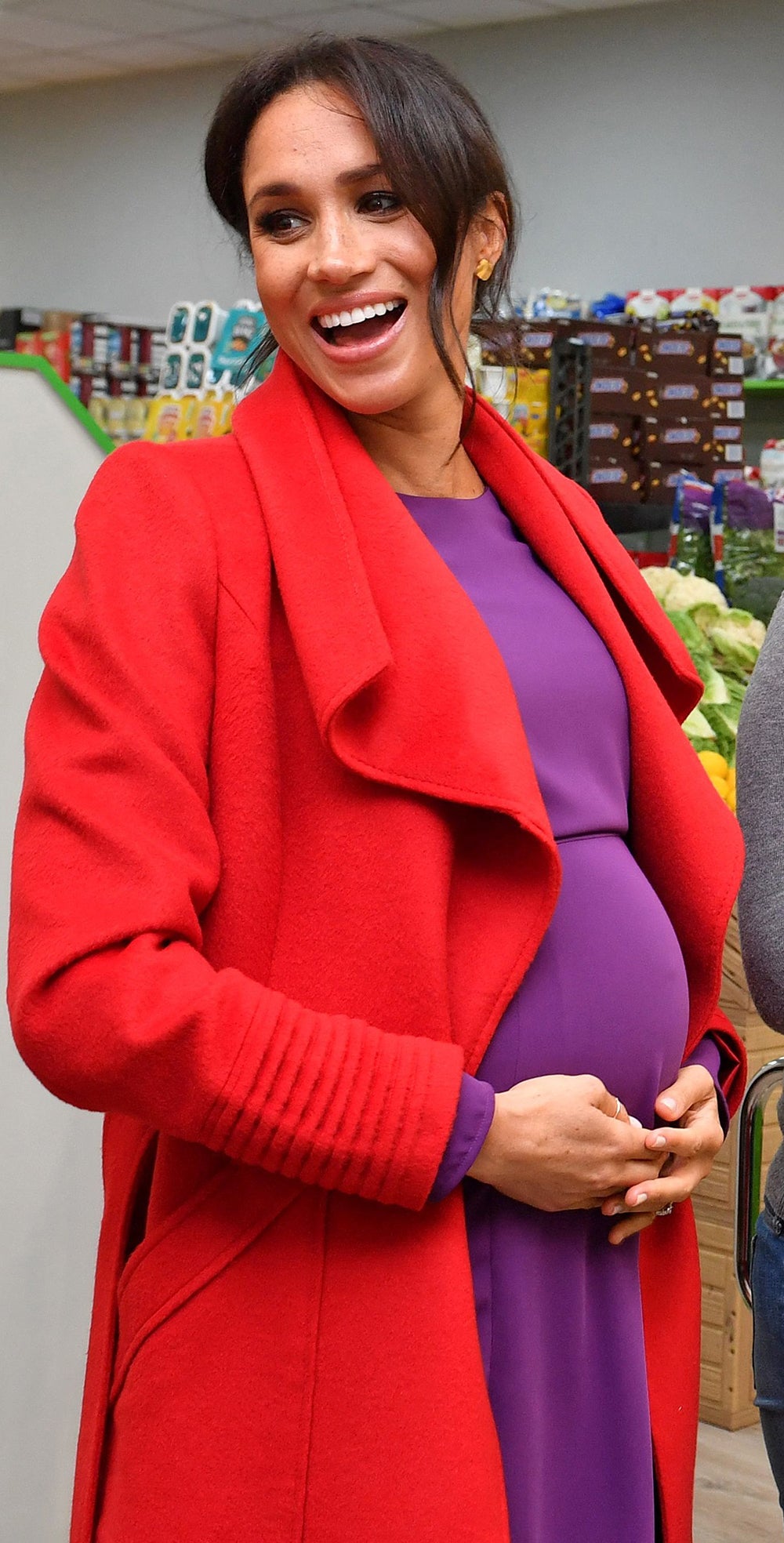The Independent's journalism is supported by our readers. When you purchase through links on our site, we may earn commission.
Somehow everyone has become a body language expert
The internet is currently overloaded with videos claiming that speech patterns or gestures hold incredibly significant meaning, writes Juno Kelly. She speaks to experts about how reality TV sparked a body language crisis, and what the future could hold for the practice

Your support helps us to tell the story
From reproductive rights to climate change to Big Tech, The Independent is on the ground when the story is developing. Whether it's investigating the financials of Elon Musk's pro-Trump PAC or producing our latest documentary, 'The A Word', which shines a light on the American women fighting for reproductive rights, we know how important it is to parse out the facts from the messaging.
At such a critical moment in US history, we need reporters on the ground. Your donation allows us to keep sending journalists to speak to both sides of the story.
The Independent is trusted by Americans across the entire political spectrum. And unlike many other quality news outlets, we choose not to lock Americans out of our reporting and analysis with paywalls. We believe quality journalism should be available to everyone, paid for by those who can afford it.
Your support makes all the difference.If you were to google “Amber Heard body language”, more than eight million results will pop up. Most direct you to so-called “experts” in non-verbal communication, who can be found dissecting the actor’s gestures during the defamation trial brought by her ex-husband Johnny Depp. Most come to dubious conclusions about her authenticity, the veracity of her allegations against Depp, and her intentions as a human being. One video, by the YouTube sensation The Behavioural Arts, suggests that a “sudden shift in cadence” during Heard’s testimony was part of a larger “cluster of deception”. The video has garnered 5.7 million views to date.
Other attractive targets for self-ordained body language savants include Love Island contestants, the royal family, and celebrities embroiled in scandal. The practice has also become a widespread internet pastime, with amateur sleuths taking to Reddit and YouTube to disseminate true crime theories using kinesics, or the idea that certain gestures can reveal deeper secrets. Meanwhile, over on TikTok, armchair experts pathologise the body language of the young Hollywood set.
But despite the ubiquity of the practice, body language reading only infiltrated pop culture at the turn of the century. Historically, it was reserved for political debates (Nixon’s weak demeanour during the first televised presidential debate arguably swung the election in JFK’s favour), police work, and pop-psychology self-help books, which claimed to help readers master body language to better their lives.
The science behind body language reading, however, isn’t supported by empirical evidence, and has been debunked by numerous studies. According to psychology scholar and kinesics sceptic Vincent Denault, who’s authored several papers on the subject, “non-verbal behaviour cannot be ‘read’ like words in a book. There is no scientifically validated dictionary for understanding what people are thinking but not saying, based on their face and body movements.” It is a myth, for instance, that people who are lying habitually avoid eye contact.
Yet this lack of evidence has done little to curb the phenomenon’s popularity. In the noughties, Big Brother rose to the forefront of the zeitgeist, catapulting reality TV from niche sub-genre to worldwide sensation. The show’s unprecedented ratings and media attention led producers to create a handful of spin-offs, which saw body language experts dissect the minutiae of contestants’ behavioural cues to predict feuds and romance. Judi James – the doyenne of body language analysis – became a regular on the circuit, comparing gestures by the show’s stars to “animals getting ready to fight or kill”. Or, in more complex psychological jargon, accusing them of enacting “pseudo-infantile display techniques.”
Newspapers soon caught wind of the concept’s popularity and began adopting a similar format in print and later online, consulting non-verbal communication experts on royal events and high-profile romantic relationships. It was a no-brainer; thriving celebrity culture meant readers thirsted after tabloid gossip, and masters of body language sorcery could offer a (purported) insight into public figures without editors having to rely on hard-to-acquire interviews or journalistic investigations.
Body language experts contribute to an ecosystem of misconceptions about human behaviour, and these misconceptions can have serious consequences
Sensing demand, other kinesics specialists worked their way up the ranks. One was former police officer Darren Stanton, known more widely by his moniker “TV’s Human Lie Detector.” Since 2009, Stanton has been weighing in on both political events (analysing prime ministers’ body language during PMQs) and celebrity gossip (he appeared on This Morning in 2016 to discuss Tom Hiddleston and Taylor Swift’s budding relationship). Unsurprisingly, Stanton theorises that society’s interest in body language stems from reality TV. “The upsurge in shows like Love Island and Married at First Sight increased [the public’s] appetite for psychology and discovering what celebrities and public figures are really thinking and feeling,” he explains. “It has become a national interest now.”
But what makes some celebrities particularly appealing targets? As we know, body language reading is far from objective, and experts are often commissioned by click-conscious journalists eager to validate popular assumptions. “I’ve noticed that many body language experts analyse public figures the public – or their public – dislikes,” Denault says.“It’s almost as if one of their main concerns is getting likes and views.”
Certain public figures also spark more favourable analysis than others. Although Meghan Markle and Kate Middleton are equally popular subjects for body language analysis, how their eye rolls, postural changes, and hand gestures are decoded differs starkly. In one notorious example, Markle – who has been famously vilified by the media – was accused of “virtue signalling” after being photographed cradling her baby bump. Middleton, meanwhile, was commended for “tenderly cradling” her own.
Stanton tells me that he’s often pressed to appease journalists’ confirmation bias. He cites a recent incident in which he was dragooned to negatively construe the body language of Phillip Schofield in one of his first interviews since he departed ITV amid scandal. “I’m sorry,” Stanton tells me, “if I don’t see it, I’m not going to say it.” He concedes, though, that earlier in his career he did bend to such pressure, and imagines other body language readers do the same. “There are a couple of people that get a bit of work with some of the red tops and when I read their analysis I’m like, ‘you’re joking!’”

On TikTok, the hashtag #bodylanguage boasts over 2.7 billion views, with celebrity fandoms posting their hot takes on stars’ non-verbal cues. In the same vein as newspapers, these “experts” seem predisposed to disparage certain stars more than others. This pattern was recently exemplified by the alleged “love triangle” between Justin Bieber, his wife Hailey and his ex-girlfriend Selena Gomez. A slew of Gomez’s fans claimed that Justin’s body language towards Hailey was “uncertain”, which therefore meant that the pair “weren’t happy”. Other videos contrast downbeat if innocuous clips of the couple against buoyant archival videos of Justin and Gomez. The wider abuse fans levelled at Hailey led to an appeal from Gomez for her fans to be “kinder”.
Such conjecture falls under something known as “transformational fandom”, or the creation and nurturing of fan theories unsupported by proof or confirmation from the celebrity in question. In the darker bowels of the internet, kinesics is manipulated to valorise more ominous theories, like involvement by public figures in the Illuminati, or the QAnon conspiracy that claims a “cabal” of politicians and Hollywood stars partake in the ritual sexual abuse of children.
Non-verbal communication analysis isn’t just confined to the internet, either: it can hold sway over the legal system, fuelled by the public’s growing fascination with high-profile court cases. One of the most infamous examples of “trial by body language” in recent memory involved the murder of the Bristol architect Joanna Yeates in 2010. Due to his eccentric countenance and atypical mannerisms, Christopher Jefferies – Yeates’ landlord – became a fixture in reporting. Later, Jeffries won an undisclosed sum in libel damages following the publication of defamatory news articles published about him. He also received an apology from Avon and Somerset Police after he was arrested on suspicion of Yeates’ murder. “Body language experts disseminate a plethora of absurd concepts, and these concepts can find their way into the hands of people in positions of power, such as police officers, lawyers, judges, jurors,” Denault says. “And when these nonsensical concepts find their way into courtrooms – and they sometimes do – there’s a danger of miscarriages of justice.”
In short, body language reading serves as powerful clickbait fodder and increases the (perceived) intimacy of our parasocial relationships with celebrities. Unfortunately, in a society where online vitriol runs rampant and legal trials are consumed as forms of entertainment content – cameras are also currently making their way into British courtrooms – the mainstreaming of kinesics carries very real risks.
“Body language experts contribute to an ecosystem of misconceptions about human behaviour, and these misconceptions can have serious consequences,” stresses Denault. It’s a sentiment that, despite his line of work, is echoed by Stanton: “You can certainly destroy people’s lives with this stuff.”



Join our commenting forum
Join thought-provoking conversations, follow other Independent readers and see their replies
Comments